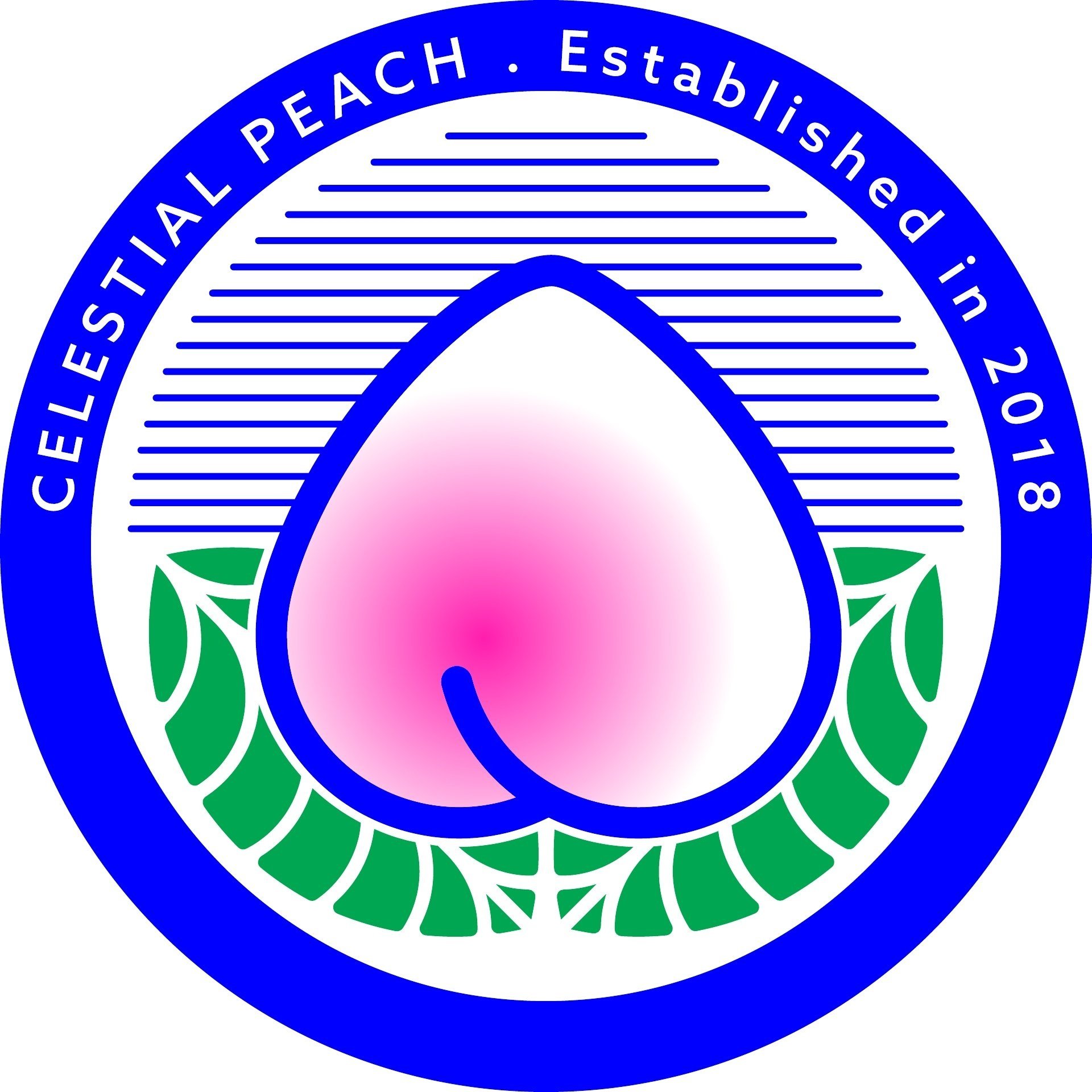Nixon and chopsticks
What’s in a chopstick?
As one American president attempts to strengthen global alliances over a state banquet, I thought I would revisit another famous dinner 47 years earlier — when Nixon flew to China to meet Premier Zhou Enlai in a make or break attempt to fix deteriorating US–China relations.
What strikes you most about this image? For me, it’s Nixon’s impressive chopstick technique. Bear in mind he had likely never used them before. Among the months of preparation were briefings to Nixon and his team on the intricacies of the banquet, with one memo stressing that “the Chinese take great pride in their food”. The President studied Chinese custom and etiquette carefully and took lessons on how to use chopsticks.
1972. The lavish state banquet was broadcast non–stop for four hours on US television, and Nixon knew that the event was symbolic of more than just the food and drink. As the cameras beamed back close–ups of Nixon’s observant use of chopsticks, correct glass clinking and diplomatic toast making, it was clear that his hard work paid off. In ‘dining for Détente’, he had convinced the American media and public that the trip was a success.
Nixon’s visit to Beijing, coupled with the televised nature of the banquet, launched American Chinese food into mainstream consciousness. Up until then, the public had only known chop suey, chow mein and egg rolls; heavily Americanised, bland dishes that catered to popular taste. Overnight, curious foodies sought out the ‘authentic’ Chinese cuisine that they saw the President eating, such as Peking duck. Ever savvy, many Chinese restaurants quickly recreated the state dinner and offered it on their menus. Meanwhile, LA bartenders found themselves being asked for mai tai liqueur, with which Nixon and his Chinese counterparts had toasted each other.
On visiting Chinatowns in NYC or the West Coast in search of these dishes, foodies also discovered restaurants serving Hunan or Sichuan food to Chinese immigrants. Since this coincided with the 70s equivalent of a hipster penchant for eating spicy chillies, the trend gave birth to new dishes such as kung pao and General Tso’s chicken.
‘Chinese Restaurants Flower Following Diplomatic Thaw’ was the headline of a NY Times article in July 1972, which delved into the inner machinations of Chinese restaurants, from
“strange, hybrid LatinChinese luncheonettes to lacquered emporiums seemingly inspired by a warlord's dream of paradise.”
1972 marked the start of the unstoppable trend for Chinese food in the US. And all thanks to Nixon’s Chopstick Diplomacy…
Research sources:
Dining for Détente (The International Wine & Food Society)
Politics and food: President Nixon in China, February 1972 (Guardian)
The Nixon Dinners That Taught Americans to Stop Worrying and Love Peking Duck (Atlas Obscura)









